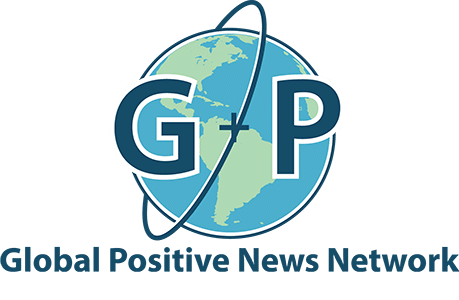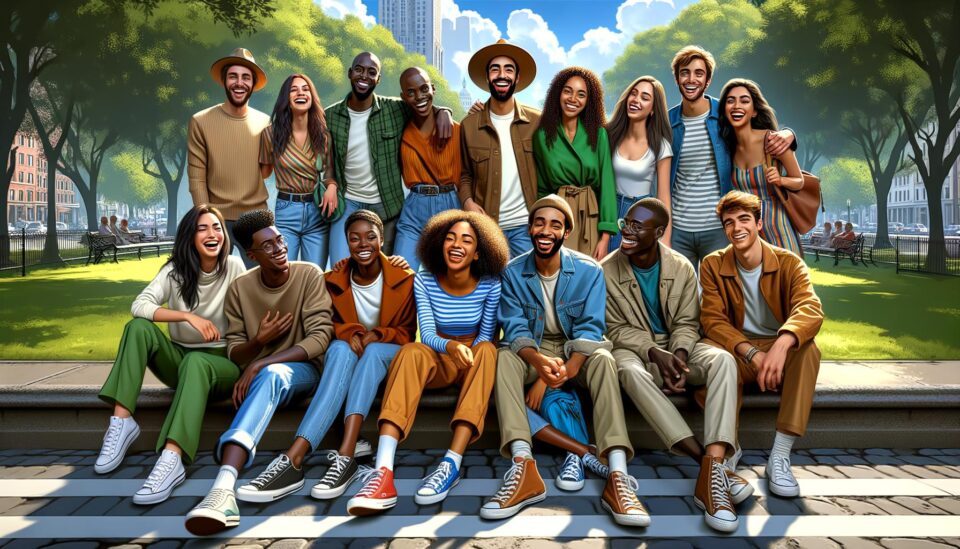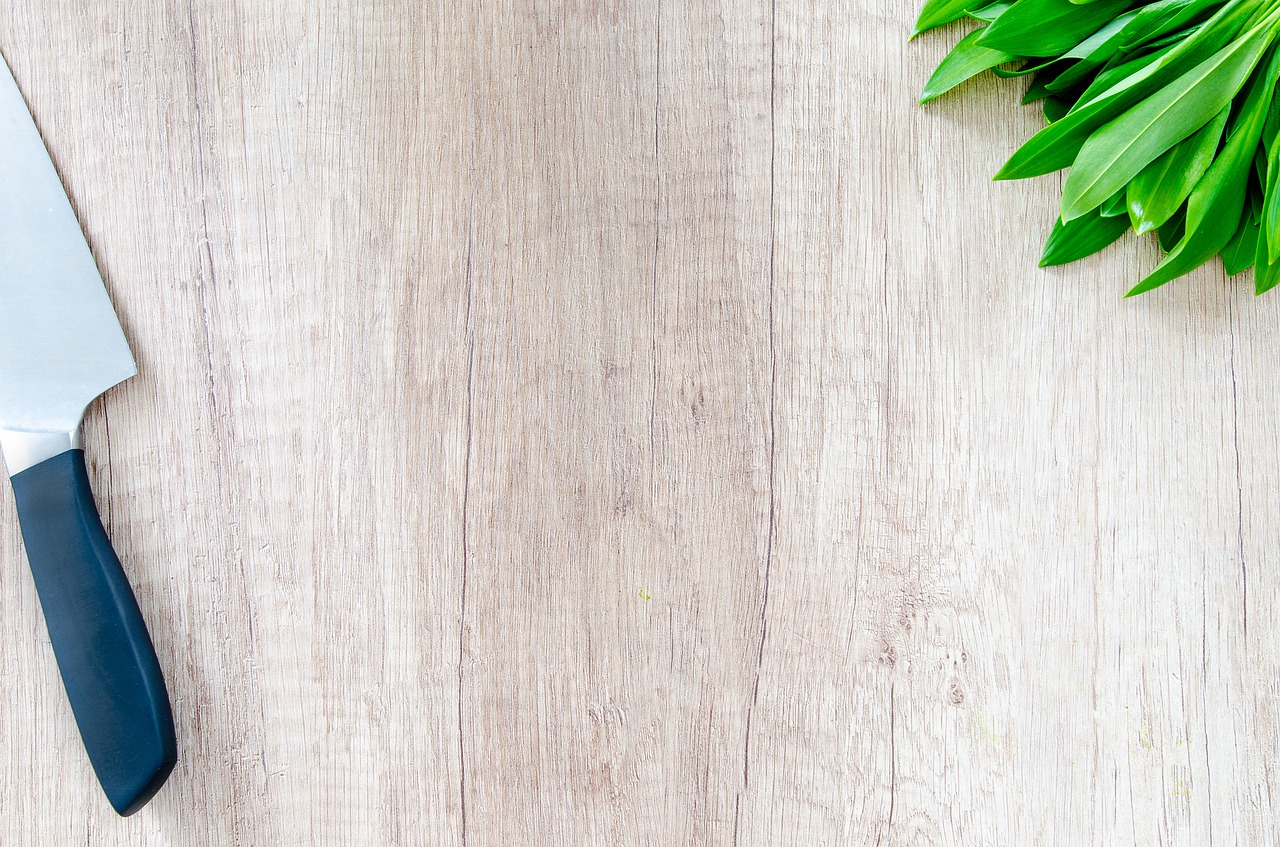Visual content has the power to shift our mindset within seconds. Research from MIT shows that our brains process images 60,000 times faster than text, making positivity images one of the most effective tools for boosting mood.
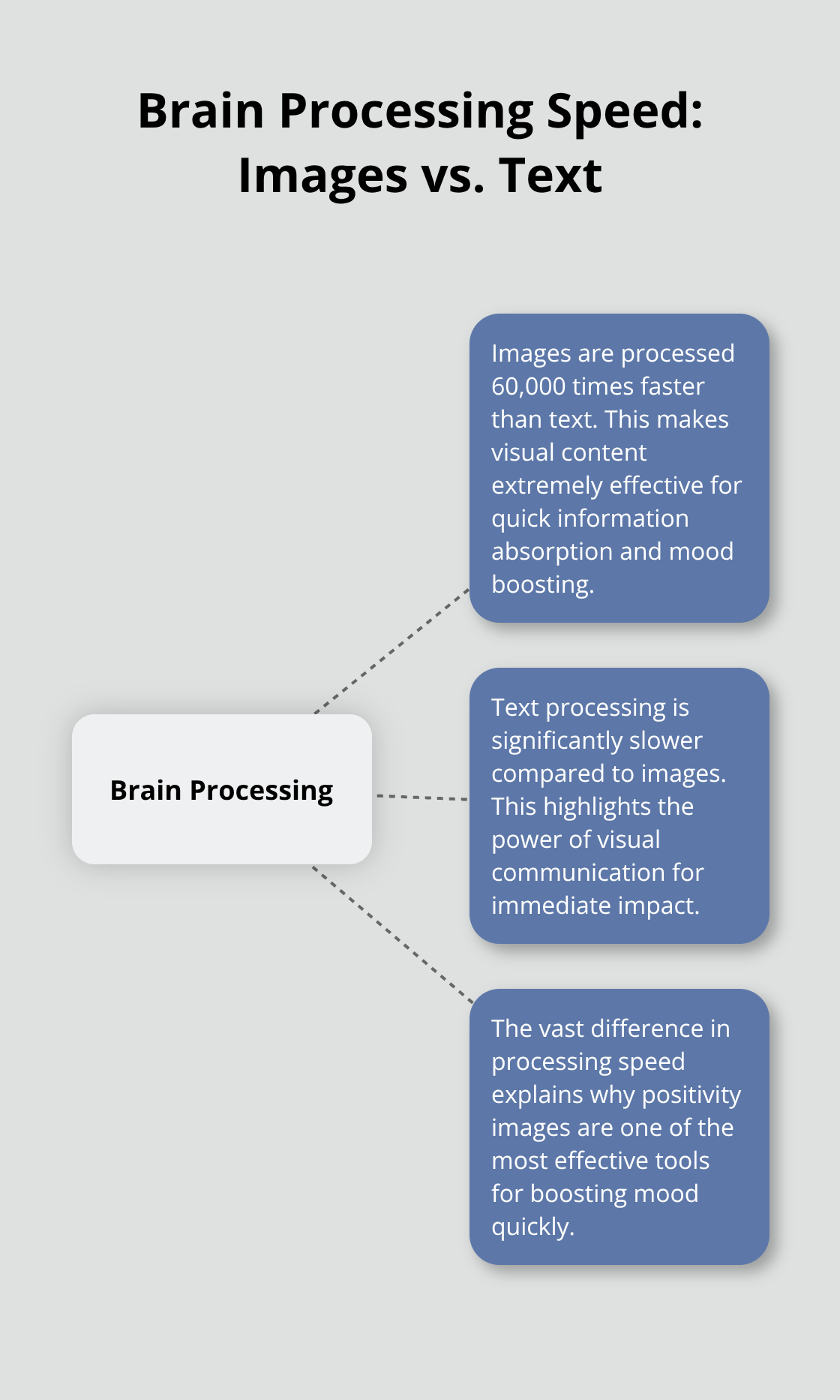
We at Global Positive News Network believe that surrounding yourself with uplifting visuals creates lasting mental health benefits. Studies indicate that people who view positive imagery for just 30 seconds experience measurable increases in dopamine levels.
Which Images Actually Boost Your Mood
Nature Photography Outperforms Abstract Art
Landscape photography beats other visual content in mood enhancement studies. The University of Exeter found that engaging with nature could be an effective measure for those with low wellbeing to reduce symptoms of depression and anxiety. Forest scenes, ocean waves, and mountain vistas trigger the strongest positive responses because they activate our parasympathetic nervous system.
Stanford researchers discovered that people who looked at nature photography showed increased activity in brain regions associated with empathy and emotional stability. Skip generic sunset photos and choose images with specific elements like water flow, green foliage, or clear blue skies. These natural patterns help your brain enter a more relaxed state within minutes.
Quote Graphics Require Strategic Design Elements
Motivational quotes paired with visuals generate 650% more engagement than text-only posts (according to Buffer’s social media research). The most effective quote graphics combine sans-serif fonts with high-contrast color schemes and nature backgrounds.
Psychology Today reports that quotes with action words like grow, create, and achieve produce stronger emotional responses than passive statements. Choose graphics where text covers no more than 30% of the image space. The University of Pennsylvania’s research shows that quotes about personal growth and resilience create longer mood improvements compared to generic phrases.
Avoid cluttered designs with multiple fonts or busy backgrounds that distract from the core message.
Community Photos Create Stronger Connections
Images that show genuine human interactions trigger oxytocin release more effectively than posed photography. The American Psychological Association found that people who view photos of others helping increase their own prosocial behavior by 41%. Candid shots of volunteers, family events, or community activities work better than stock photos with fake smiles.
Research from the University of British Columbia shows that photos that depict acts of kindness inspire viewers to perform similar actions within 24 hours. Look for images that capture authentic emotions and real moments rather than staged scenarios.
Now that you understand which types of images create the strongest positive impact, you need to know where to find these high-quality visuals without breaking your budget.
Where to Find High-Quality Positivity Images
Free stock photo platforms deliver excellent results when you know which ones prioritize authentic content. Unsplash leads with over 3 million high-resolution images, while Pexels offers curated collections specifically tagged for mental wellness and motivation. Pixabay provides 2.7 million royalty-free images with strong search filters for mood-boosting content. These platforms update daily with fresh uploads from photographers worldwide.
Avoid Generic Stock Photography Sites
Getty Images and Shutterstock charge premium prices for images that often feel artificial and staged. Adobe Stock costs $29.99 monthly but delivers the same generic corporate aesthetics that fail to create genuine emotional connections. Depositphotos markets itself as affordable yet requires expensive extended licenses for social media usage. Professional photographers consistently rate free platforms higher for authentic human expressions and natural lighting.
Social Media Provides Daily Inspiration Streams
Instagram accounts like @earthpix showcase nature photography with 19.2 million engaged followers who share mood-boosting responses. Pinterest is more positive than other social media platforms according to 51% of social users.
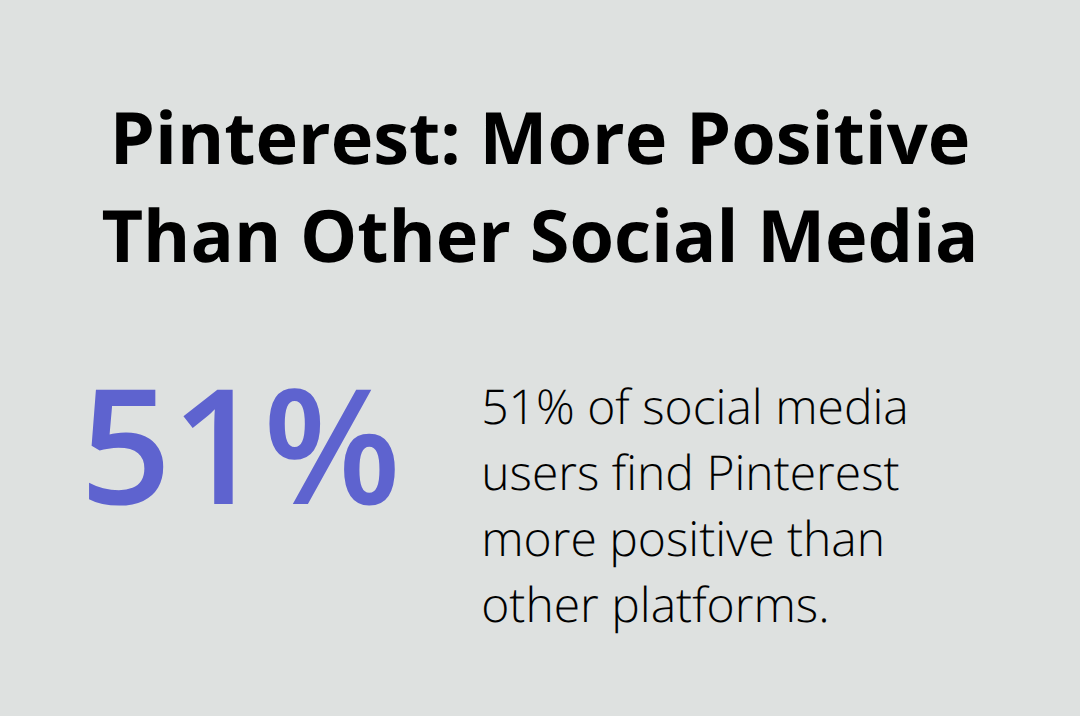
TikTok’s #positivity hashtag contains over 47 billion views with creators who share original uplifting photography. Reddit communities like r/EarthPorn and r/MadeMeSmile provide user-generated content with built-in quality ratings through upvote systems.
Professional Collections Offer Premium Impact
National Geographic’s image library contains award-winning nature photography that triggers stronger emotional responses than amateur content. Smithsonian Magazine’s online gallery features scientifically-backed visuals that combine beauty with factual storytelling. The Nature Conservancy releases high-quality environmental images that support conservation messaging while boosting viewer mood (these professional sources cost more but deliver measurably better results for therapeutic applications).
Once you’ve found the perfect positivity images, the next step involves integrating them strategically into your daily routine for maximum mental health benefits.
How to Use Positivity Images in Your Daily Life
Transform Your Digital Environment for Mental Wellness
Your computer and phone screens consume 7 hours of daily attention according to DataReportal research, making wallpaper selection a powerful mood intervention. Replace generic backgrounds with nature photography that shows water elements or green landscapes. Research confirms that spending just 20 minutes connecting with nature can help lower stress hormone levels.
Change your wallpaper weekly to prevent habituation effects that diminish emotional impact. Set screensavers to rotate through 10-15 carefully selected images rather than use single static photos. Desktop productivity increases 15% when workers use nature-themed backgrounds compared to abstract or corporate imagery (Stanford University found this connection in workplace studies).
Build Physical Vision Boards That Actually Work
Vision boards work when you place them in locations where you spend focused time, not decorative wall spaces. Mount your inspiration wall directly opposite your desk or beside your bathroom mirror for guaranteed daily exposure. Studies show that writing down your goals makes you 42% more likely to achieve them.
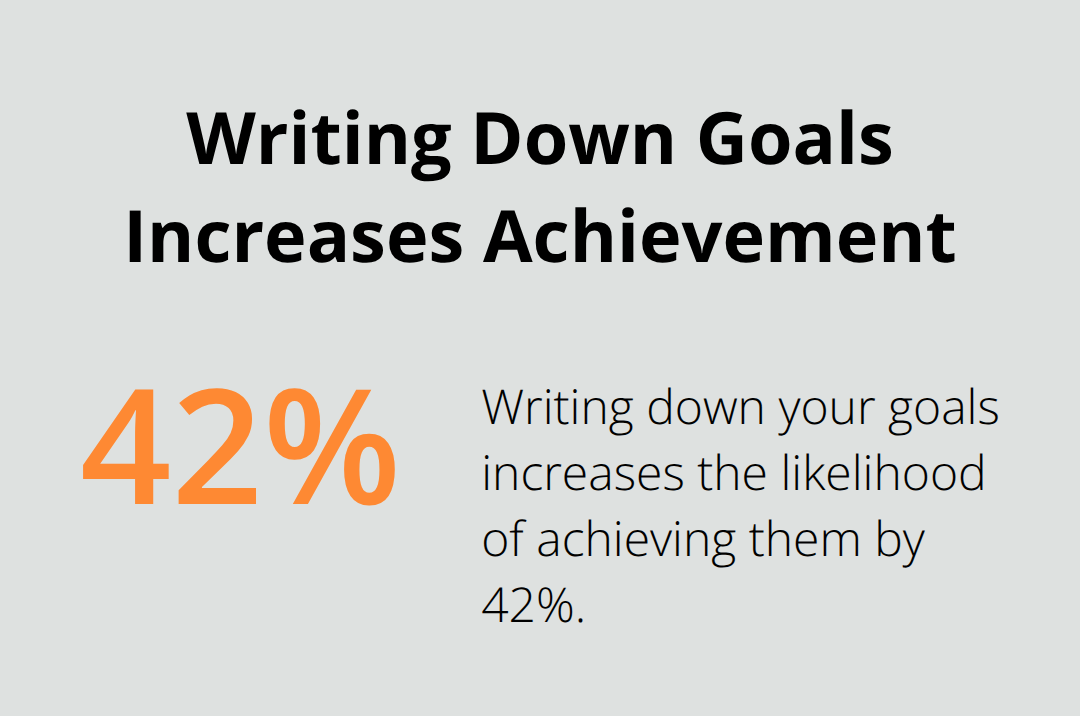
Print images in 5×7 inch format minimum because smaller sizes fail to trigger strong emotional responses. Replace 30% of your board content every three months to maintain psychological freshness. Cornell University studies prove that people who update their vision boards quarterly show 67% higher goal completion rates than those who use static displays.
Share Content That Creates Real Impact
Post positivity images to generate 2.3 times more engagement than text-only content according to Sprout Social analytics. Schedule uplifting posts for 9 AM and 3 PM when social media users report lowest energy levels and highest receptivity to mood-boosting content. Use original captions that ask questions rather than generic inspirational statements.
Harvard Business School research indicates that social media posts with authentic personal stories receive 300% more meaningful interactions than quote reposts. Instagram Stories with nature photography get 40% higher completion rates than other visual content types (this makes them ideal for spreading daily positivity to your network).
Final Thoughts
Visual inspiration transforms mental wellbeing through measurable neurological changes. The Journal of Happiness Studies confirms that regular exposure to positivity images creates lasting improvements in emotional resilience and stress management. Your brain adapts to positive visual stimuli within weeks, which makes mood enhancement a trainable skill rather than temporary relief.
You need intentional curation rather than random collection when you build your personal image library. Start with 20-30 carefully selected images that trigger genuine emotional responses when you view them. Rotate content monthly to prevent habituation effects that reduce psychological impact (store images in easily accessible folders on your devices and print favorites for physical spaces).
People who regularly post positive imagery influence their social networks to adopt similar practices according to research from the University of Pennsylvania. Your curated positivity images become tools for community mental health improvement. We at Global Positive News Network see how visual inspiration creates meaningful change in people’s lives through the science that supports what many already experience.
